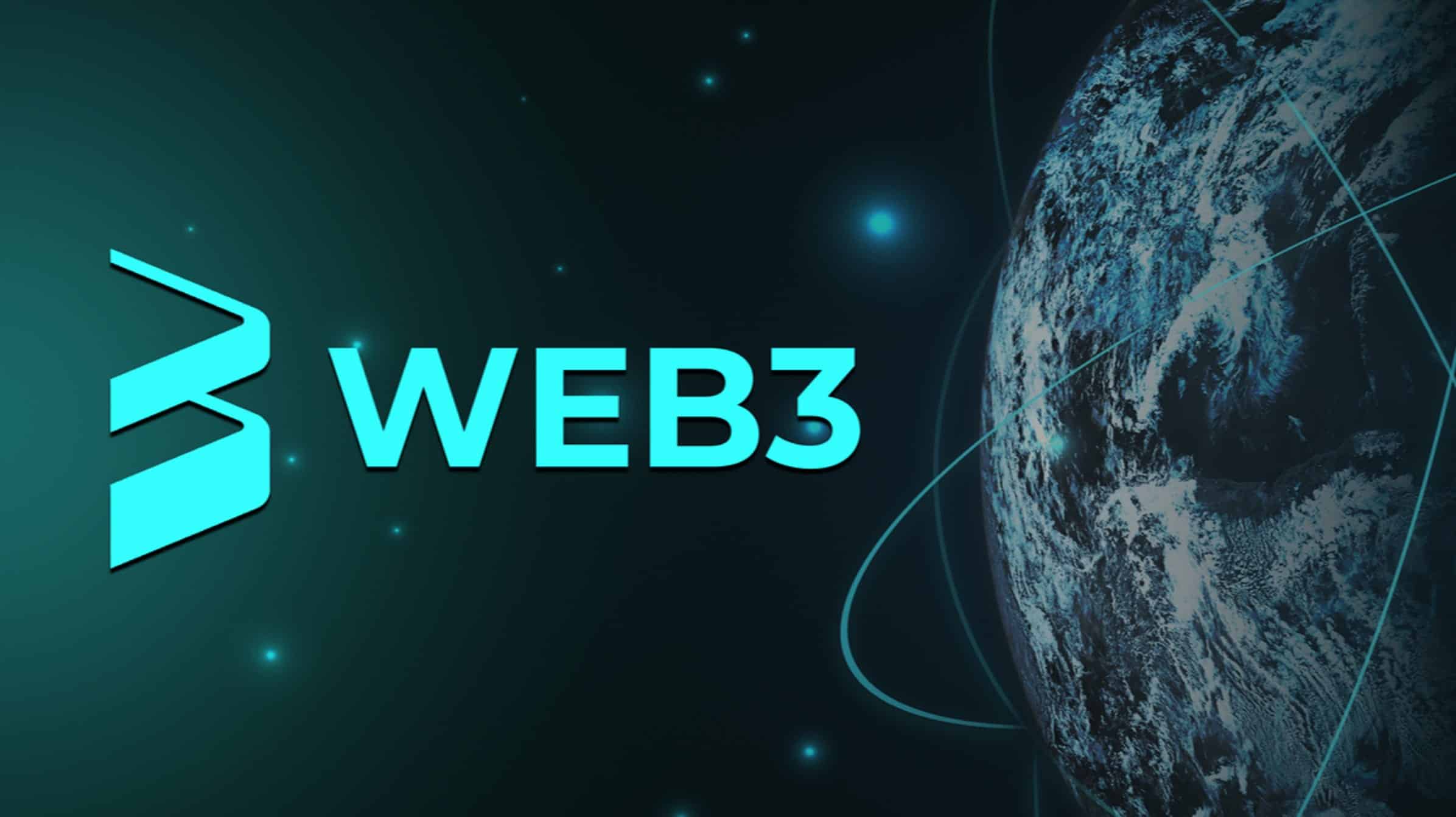
The vision for Web3, the next iteration of the internet, is one where users are in control of their data and digital identities, where value can be exchanged peer-to-peer without intermediaries, and where decentralized applications (dApps) can disrupt industries and change the way we interact with each other online. However, the technology that underpins Web3 is still in its early stages and there are several hurdles that must be overcome before mass adoption can be achieved.
One of the biggest obstacles is the user experience (UX) of dApps. Currently, the process of interacting with decentralized applications is complex and requires technical knowledge, which puts off mainstream users. In addition, dApps often suffer from slow transaction speeds and high fees, which can deter users from using them.
Ethereum, the most popular blockchain for dApps, has a current transaction capacity of around 15 transactions per second (tps), compared to Visa’s capacity of up to 24,000 tps. This means that when there is high demand for dApps, such as during a popular initial coin offering (ICO) or a popular game release, transaction times can be slow and fees can be high.
According to Alex Tapscott, co-founder of Blockchain Research Institute:
The current UX is like trying to build a house with a Swiss Army Knife. It’s too complicated, too difficult and not fit for purpose.
Another issue is the lack of interoperability between different blockchains. Currently, dApps are mostly built on Ethereum, but there are many other blockchains that offer different features and benefits. However, these blockchains are not able to communicate with each other, which makes it difficult for users to move value and data between them.
According to Chris McCann, general partner at Race Capital:
Interoperability is the next wave of innovation for Web3. We need a way for different blockchains to communicate with each other so that users can move value and data seamlessly between them.
Finally, there is the issue of regulation. While Web3 promises to disrupt industries and enable new forms of value exchange, it also presents new challenges for regulators. For example, decentralized finance (DeFi) platforms, which allow users to lend, borrow and trade assets without intermediaries, are largely unregulated. This has led to concerns about the potential for fraud and money laundering.
According to Joel Telpner, partner at Sullivan & Worcester:
There needs to be a balance between innovation and regulation. While regulators need to protect consumers, they also need to allow for innovation and experimentation.
In order to overcome these challenges and achieve mass adoption of Web3, several solutions are being developed. One solution is the development of layer 2 scaling solutions for blockchains, such as Ethereum’s Optimism and Arbitrum. These solutions aim to increase transaction capacity and reduce fees, while maintaining the security of the underlying blockchain.
Another solution is the development of cross-chain bridges, which allow different blockchains to communicate with each other. Projects such as Polkadot and Cosmos are working on building these bridges, which could enable interoperability between different blockchains.
Finally, there is a need for clearer regulation of Web3. While regulators need to protect consumers, they also need to create an environment that fosters innovation and experimentation. This could involve working with industry experts to develop frameworks that enable innovation while ensuring consumer protection.
With the development of these new solutions and collaboration between industry experts and regulators, Web3 has the potential to revolutionize the internet and the way we interact with each other online. According to a report by Deloitte:
Web3 has the potential to fundamentally change the way we live, work and interact with each other. It offers the opportunity to create new business models, enhance social welfare, and drive economic growth. However, realizing this potential will require collaboration between industry, government, and academia, as well as continued investment in research and development.
As Alex Tapscott notes, “Web3 is not a technology problem, it’s a coordination problem.” It has the potential to transform the internet as we know it, and its growth and adoption will undoubtedly continue to be a topic of discussion and research in the coming years. As we look towards the future, it is important to consider how the development and adoption of Web3 will impact society as a whole. Will it simply transfer power from one set of gatekeepers to another? What challenges and opportunities will arise from the intersection of Web3 and other emerging technologies such as AI and IoT? As these questions and others continue to be explored, one thing is certain: the evolution of Web3 will have a significant impact on the future of the internet and digital society as a whole.